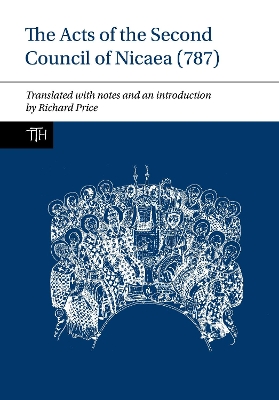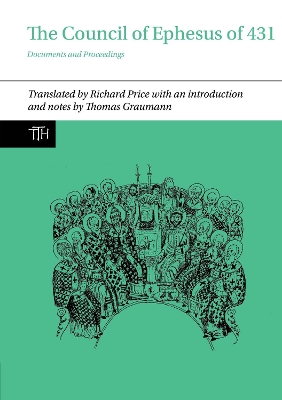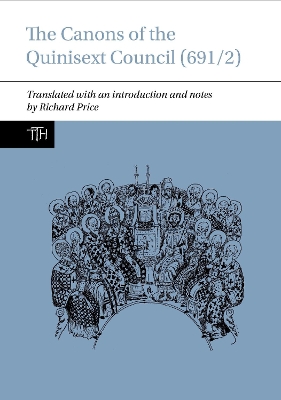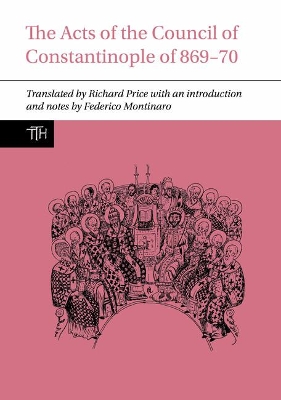Translated Texts for Historians
4 primary works
Book 68
The Second Council of Nicaea (787) decreed that religious images were to set up in churches and venerated. It thereby established the cult of icons as a central element in the piety of the Orthodox churches, as it has remained ever since. In the West its decrees received a new emphasis in the Counter-Reformation, in the defence of the role of art in religion. It is a text of prime importance for the iconoclast controversy of eighth-century Byzantium, one of the most explored and contested topics in Byzantine history. But it has also a more general significance - in the history of culture and the history of art. This edition offers the first translation that is based on the new critical edition of this text in the Acta Conciliorum Oecumenicorum series, and the first full commentary of this work that has ever been written. It will be of interest to a wide range of readers from a variety of disciplines.
Book 72
Book 74
These canons (or rules) for church organization and life and Christian morals issued at a council held in Constantinople in 691/2 form the foundation of Byzantine Canon Law. They show an intense concern to restore the proper discipline of clerical life after the chaos brought about by the Arab invasions. The rules for the laity show a concern to secure obedience to the Church's rules about marriage, proper respect for sacred space, and the suppression of customs of pagan origin. Particular interest attaches to the canons that express disapproval of certain customs of the Western Church and of the Armenian Church. Was this an attempt to impose Byzantine hegemony, or simply a revulsion at customs that seemed wrong? The Byzantine emperor tried repeatedly to get the Pope to give the new canons the stamp of his approval; his failure marks an important stage in the mounting divergence between the Greek and the Roman Churches. The translation is accompanied by full annotation, while the introduction sets the council in its historical context, in both the history of the early medieval world and the development of Eastern Canon Law.
Book 79
The Acts of the Council of Constantinople of 869-70
by Richard Price and Federico Montinaro
interference in ecclesiastical elections was taken up later in the West and led to this council’s being accorded full ecumenical status, although it had been repudiated in Byzantium soon after it was held. No early council expresses so vividly the tension between Rome’s claim to supreme authority and the Byzantine reduction of this to a primacy of honour.



